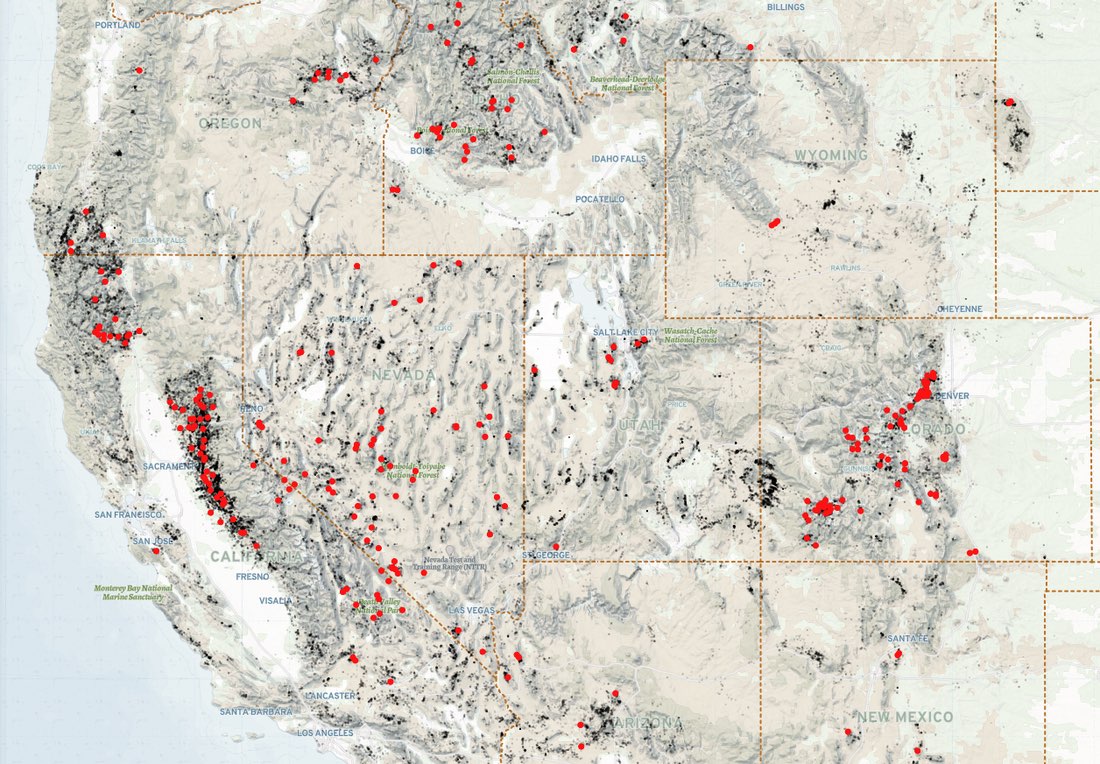

It brought radical transformation to the hard-rock mining fortunes in the region. The mining landscape in Cornwall and Devon took another major breakthrough with the innovation of steam technology. By the end of the 19th century, the arsenic production also rose within these mines and is responsible for half of the supply all over the world. These structures facilitated more innovation in the 19th century that enabled the area to produce two-thirds of the total production of copper in the world. These structures included engine houses, smallholdings, new towns, ancillary industries, underground mines, foundries, ports, and harbors. It was in the 18th and 19th century when deep-lode mining was introduced into the region when the production of copper and tin took off.īy the early 19th century, the Cornwall and West Devon Mining Landscape saw the building of various structures that were linked to mining. However, they were only producing tin and copper in small amounts. During this time, Cornwall and Devon were both involved in mining. The history of the Cornwall and West Devon Mining Landscape goes back to the 16th century.

The transfer of mining technology and related culture led to a replication of readily discernable landscapes overseas, and numerous migrant-descended communities prosper around the globe as confirmation of the scale of this influence. Innovative Cornish technology embodied in high-pressure steam engines and other mining equipment was exported around the world, concurrent with the movement of mineworkers migrating to live and work in mining communities based in many instances on Cornish traditions. The substantial remains within the Site are a prominent reminder of the contribution Cornwall and west Devon made to the Industrial Revolution in Britain and to the fundamental influence the area asserted on the development of mining globally. The usage of tin was also increased greatly through the requirements of the tinplate industry, for use in the canning of foods and in communications. Copper was used to protect the hulls of ocean-going timber ships, for domestic ware, and as a major constituent of important alloys such as brass and, with tin, bronze. Copper and tin particularly were required in increasing quantities at this time through the growing needs of British industry and commerce. The ten areas of the Site together form a unified, coherent cultural landscape and share a common identity as part of the overall exploitation of metalliferous minerals here from the eighteenth to twentieth centuries. The extensive Site comprises the most authentic and historically important components of the Cornwall and West Devon mining landscape dating principally from 1700 to 1914, the period during which the most significant industrial and social impacts occurred. The technology and infrastructure developed at Cornish and West Devon mines enabled these to dominate copper, tin and later arsenic production worldwide, and to greatly influence nineteenth-century mining practice internationally. Together these are testimony, in an inter-linked and highly legible way, to the sophistication and success of early, large-scale, industrialized non-ferrous hard-rock mining.

The remains of mines, engines houses, smallholdings, ports, harbors, canals, railways, tramroads, and industries allied to mining, along with new towns and villages reflect an extended period of industrial expansion and prolific innovation. The landscapes of Cornwall and west Devon were radically reshaped during the eighteenth and nineteenth centuries by deep mining for predominantly copper and tin.


 0 kommentar(er)
0 kommentar(er)
